I don’t know about you, but I’ve never been a big fan of salads. They’re just so boring, and given that lettuce is practically devoid of calories and nutrients anyway, why bother pretending that it’s healthy and thus worth eating at every meal? As I recently discovered, though, that doesn’t always have to be the case. If you’re smart about what greens you use to form your base, you can make healthy salads that you actually look forward to eating.
Belgian Endives
Belgian endives are a fancy and easy alternative to romaine; just swap out your chopped heart of romaine for endive leaves sliced down the middle. They have a similar flavor profile, and are in season during the winter as well!
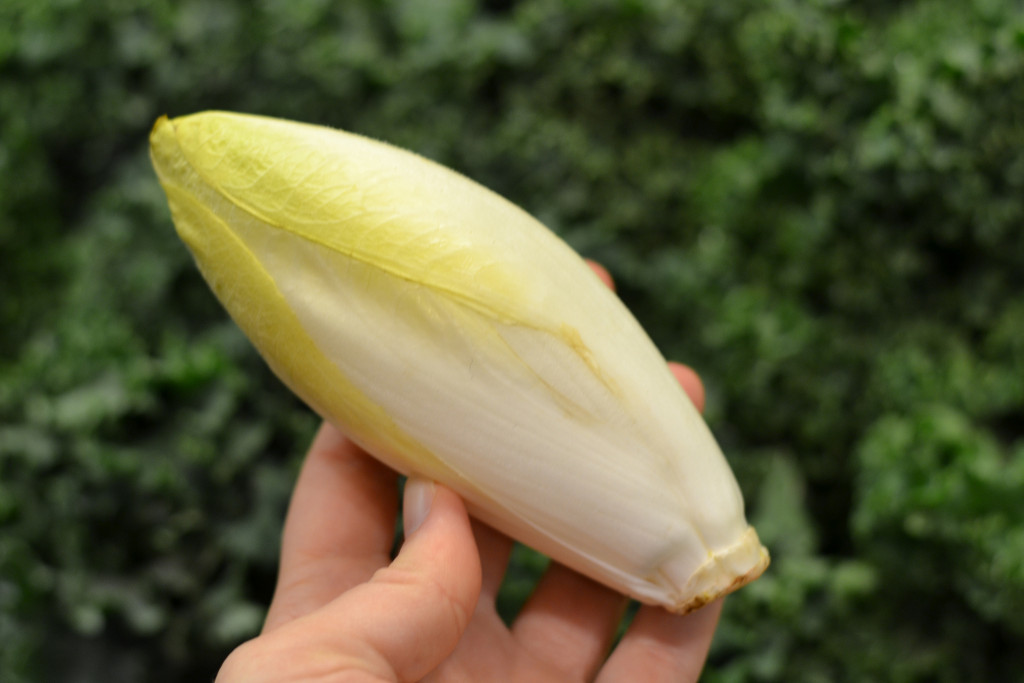
Photo by Emma Danbury
Radicchio
Radicchio is another winter leaf that is in season between December and April. Crunchier than iceberg lettuce, radicchio is a great substitute that won’t wilt when tossed with a vinaigrette and looks beautiful in any salad thanks to its vibrant maroon color.
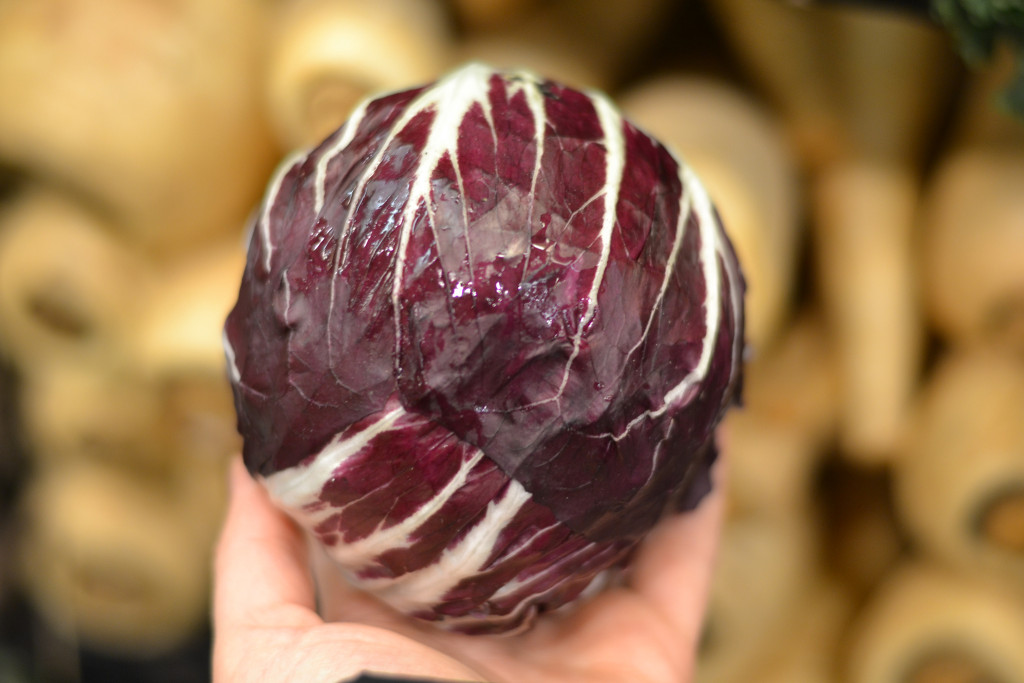
Photo by Emma Danbury
Rainbow Chard
When it comes to color, rainbow chard is king. This baby, despite its relation to swiss chard, actually hails from the Mediterranean region (think Greece and Italy), and thus tastes best during summer months. Slightly sweet with a hint of bitterness, it pairs well with honey-based dressings and salad toppings like dried cranberries and fresh orange slices.
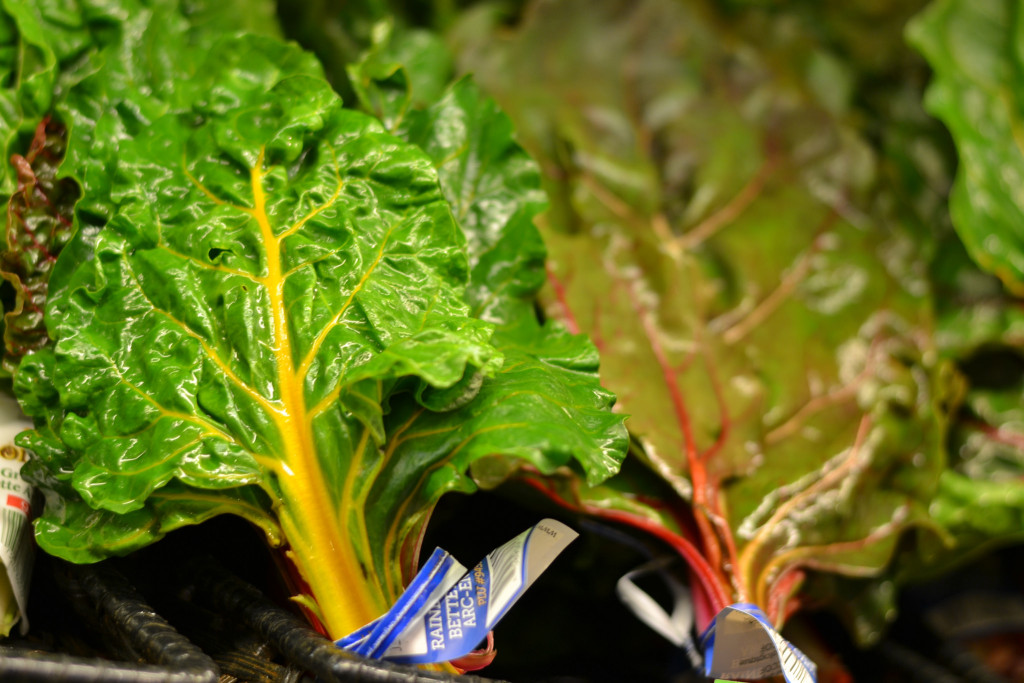
Photo by Emma Danbury
Lacinato Kale
Lacinato kale is a special variety of kale that has a broader leaf than regular green or black kale, making it a great vehicle for creamy dressings. Simply rip the leaves off the stem, cut into salad-sized bites and pair with some caesar, parmesan and anchovies for an elegant twist on a classic caesar salad.
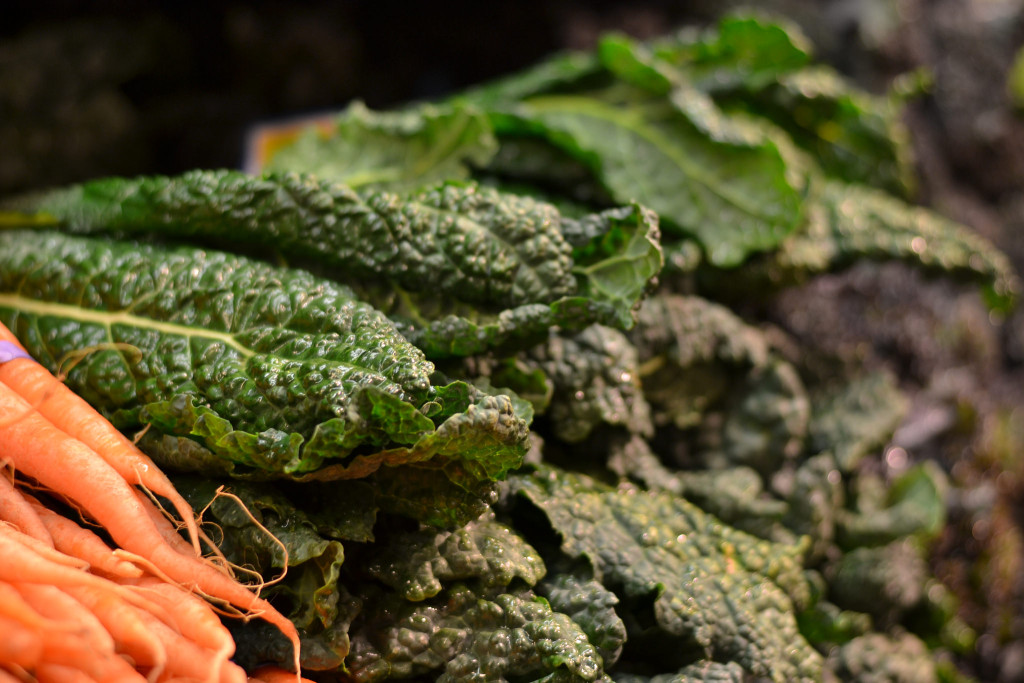
Photo by Emma Danbury
Arugula
Despite being a little pricey, arugula is well worth the splurge. Complex, savory and pleasantly spicey, arugula can stand up to protein (anything from grilled chicken to pan-seared salmon) and satisfy your omnivorous inclinations. Always remember to add plenty of freshly ground black pepper!
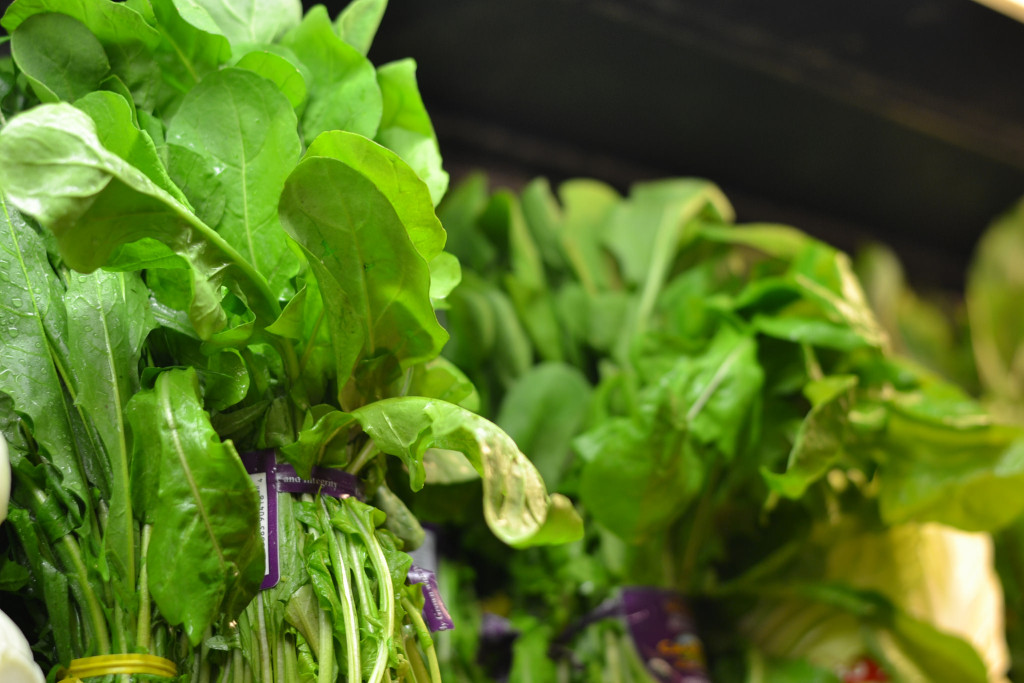
Photo by Emma Danbury
Pea Tendrils
Pea tendrils, traditionally considered an Asian specialty, have made their way across the Pacific. Delicate and herbescent, they taste great with a little acid, from a nice balsamic or fresh slices of bright citrus. Just make sure to chop off the roots first!
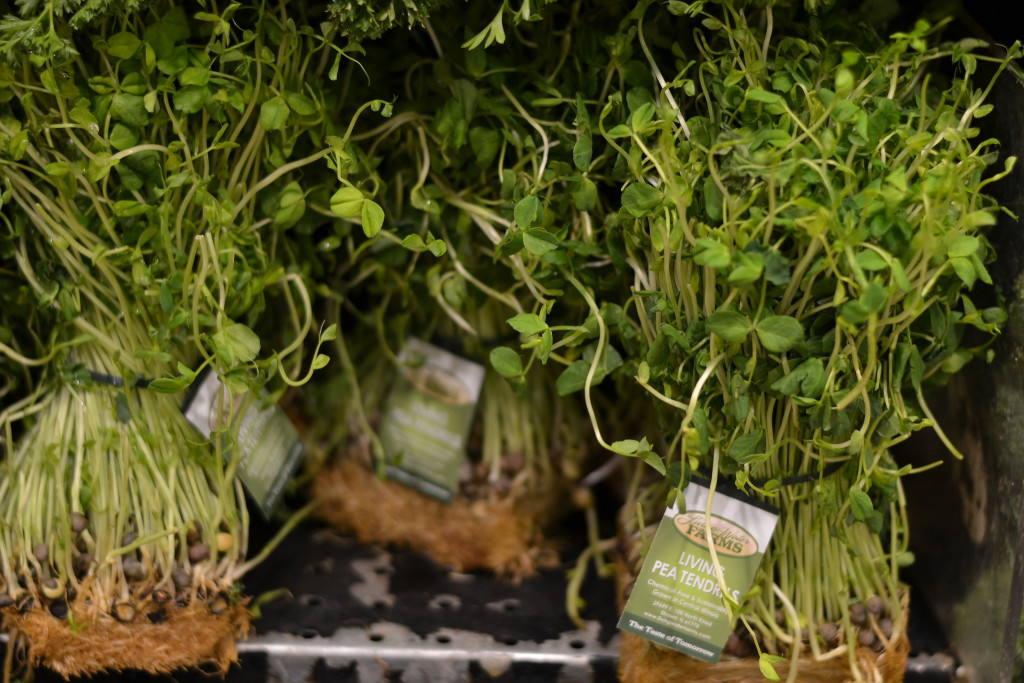
Photo by Emma Danbury
Red Dandelion Greens
If your wallet doesn’t like the price of arugula, red dandelion greens are an acceptable substitute. Now before you freak out about eating weeds, don’t worry: the dandelion greens you’ll find at Whole Foods are far removed from those fluffy white flowers you blew around during kindergarten recess. I like the red variety best for their color and healthy digestive properties.
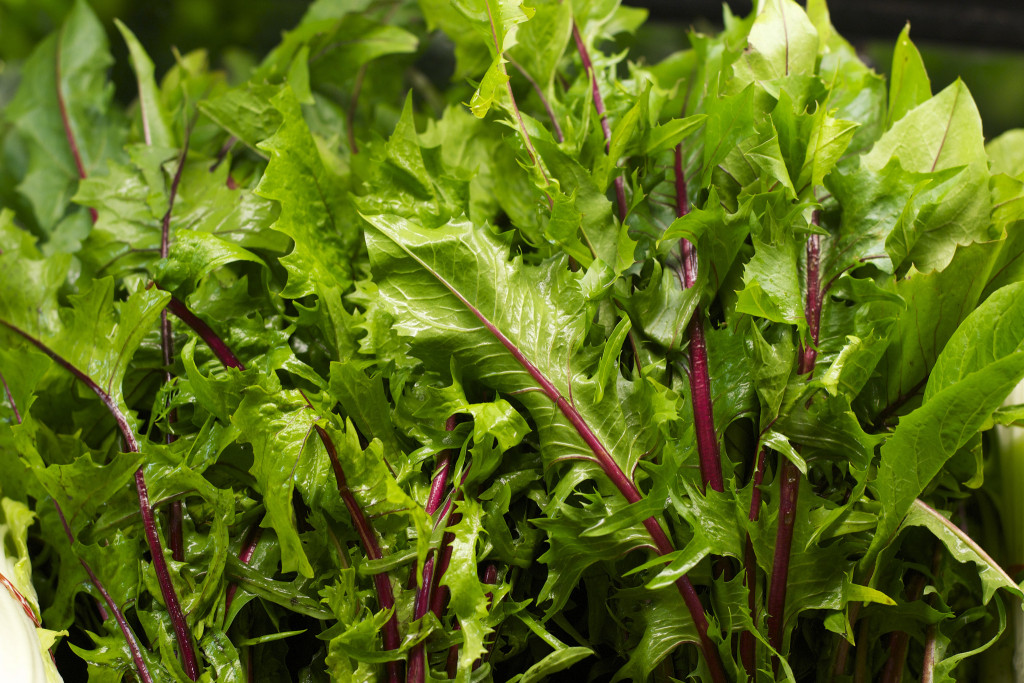
Photo by Emma Danbury
Butter Lettuce
Okay, I’ll admit, this one is kinda cheating, because butter lettuce, also commonly known as Boston or Bibb lettuce, is a close cousin of plain-ol’ iceberg. However, in terms of taste and texture, the two couldn’t be any different, with butter lettuce taking after its fatty namesake in both categories. Pair this puppy with bleu cheese and bacon and you’ll never go back.
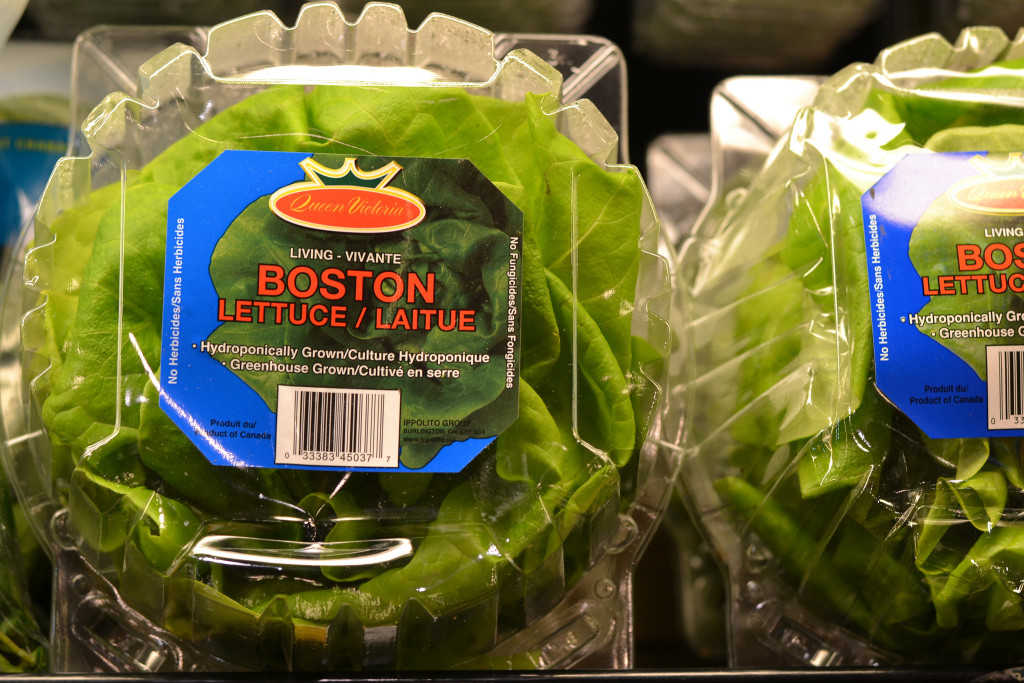
Photo by Emma Danbury
Spinach
Spinach is a reliable, if underappreciated, salad-lettuce substitute that also happens to be the most nutritious leafy green of them all. Spinach is definitely full-bodied, so match the leaves up with big flavors like olives, artichoke hearts, blueberries and more.
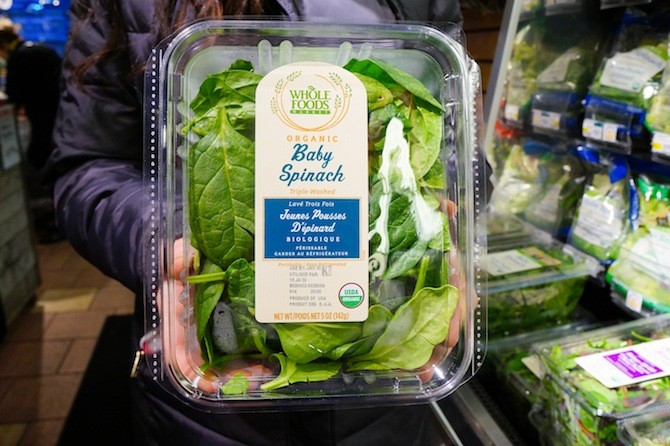
Photo by Santina Renzi

